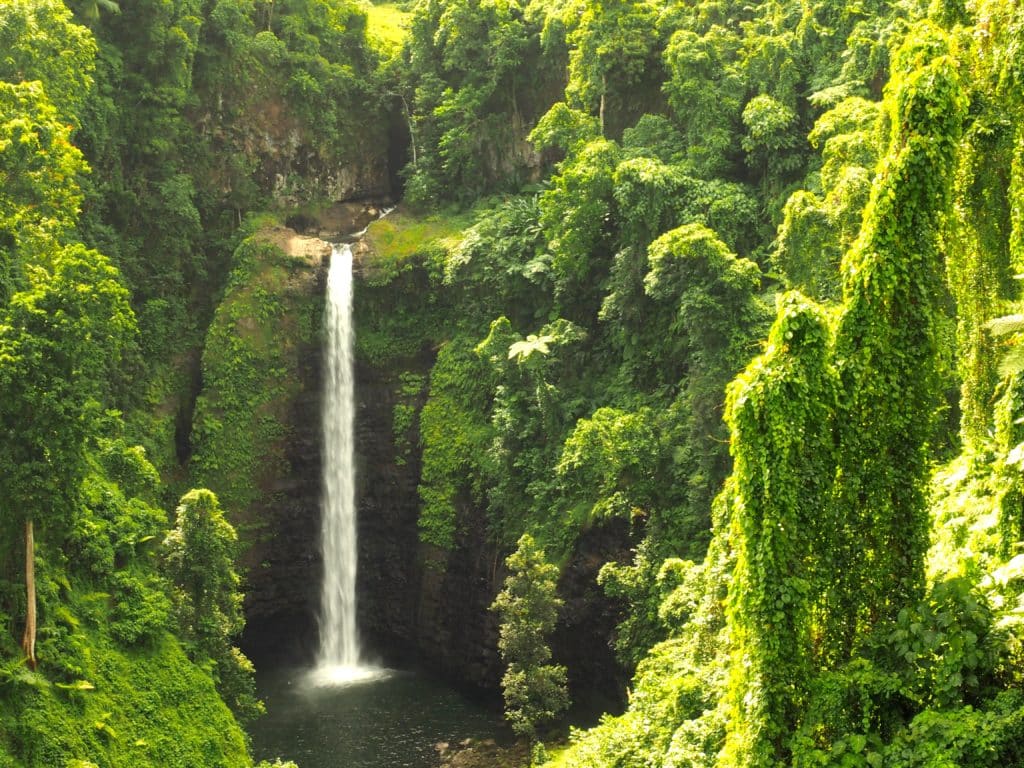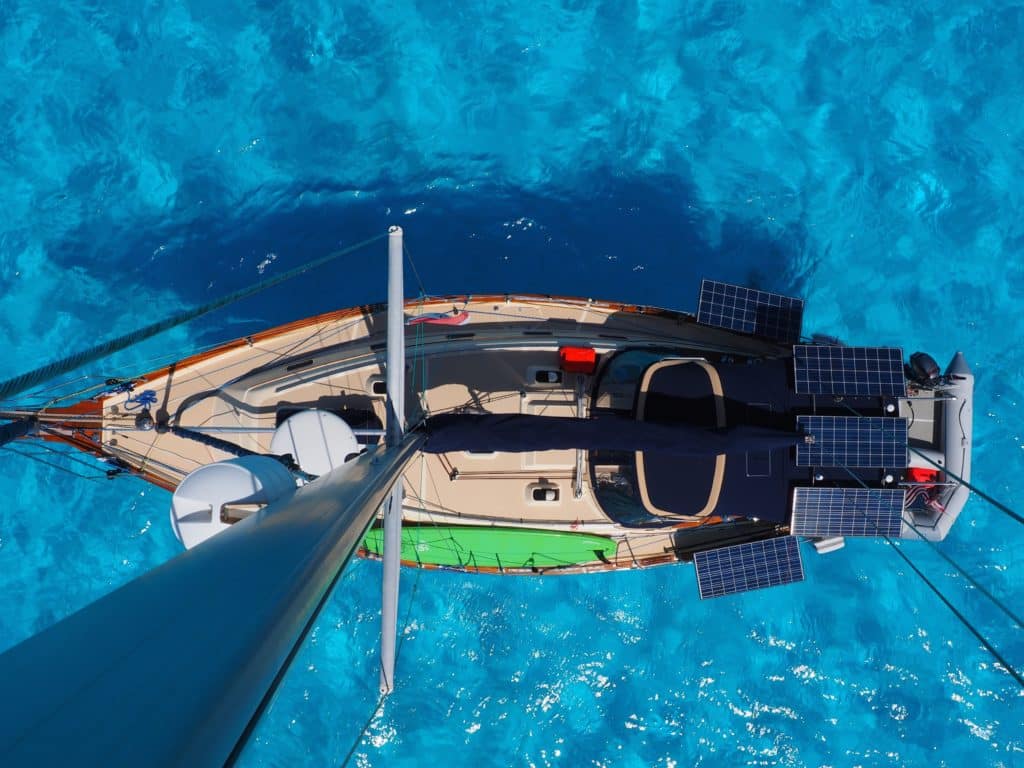
There is a moment in Odysseus’ journey when he is so close to home, he can see campfires burning on the hillsides of Ithaca. But then, a mutinous sailor, suspicious of being robbed of his fair share of treasure, opens the ox-hide bag containing the gift of King Aeolus — winds from all points of the compass. Once the silver strings were opened, the winds were released, and Odysseus and his men were blown, yet again, off course.
We had no mutinous sailors aboard Helios, our Island Packet 380, but our winds proved equally fateful as we left Bora Bora and made way for Palmerston, the nearest of the Cook Islands, in July 2015.
The winds that took us offshore were friendly and constant: 25 knots behind us that, despite needing only one sail adjustment in the first 50 hours underway, gradually died over the course of our third day.
And then, in the night, the breezes started playing tricks on us: shooting up to 25 knots, waiting for us to reef the sails, then dropping down to 8 knots, then shooting to 19 knots just as we shook out the reef. Impish pranks for 0330.
When dawn, with her rose-red fingers, shone once more, there was consistency in the wind, 18 knots that held us at 6 knots through the water. But, with breakfast came squalls up to 30 knots that had us hobbyhorsing in chop and bashing upwind.

It’s amazing how spoiled we’d been by our two- to three-day sails between archipelagos in French Polynesia and our afternoon jaunts between destinations in the Society Islands — six days now seemed a long time to be underway; how quickly the endurance we built during the 23 days of our Pacific crossing eroded.
With only 104 miles to our destination to go, we reviewed the long-term weather forecasts for Palmerston and our loosely scheduled destinations farther west, and began to question the stability of the conditions. We had originally planned on tying up to a mooring ball at Palmerston for a couple of days, then heading southwest to Niue.
Both islands are what could be described as fair-weather mooring fields: OK when the wind is blowing from the southeast, but completely hazardous when weather fronts roll through, bringing wind and seas from all points of the compass. As we reviewed the GRIB data that we downloaded via satphone, we noticed a surprising change. The weather over the entire region from Tonga to Niue to Palmerston was predicted to deteriorate fast, with winds howling as high as 35 knots.
Knowing that both Palmerston and Niue would be dangerous in these winds, we weighed our options and decided to adjust course to west by northwest in the general direction of Samoa, which was another 620 nautical miles away.
Samoa was farther north and on the fringes of the high winds currently forecast. By adjusting course, we could be inside Samoa’s protected anchorage by the time the weather front came barreling down on the region.
Though we were daunted by adding five days to our passage, a change in destination wasn’t so unexpected. It’s the nature of longer passages that the weather can shift en route, and it’s the nature of this particular region (living up to its nickname, the Dangerous Middle) that such a shift means changing course entirely.
So in the end, we, like Odysseus, decided not to go weeping with the swells or throwing ourselves into the wine-dark sea, but to sail on, and make the best of it.








